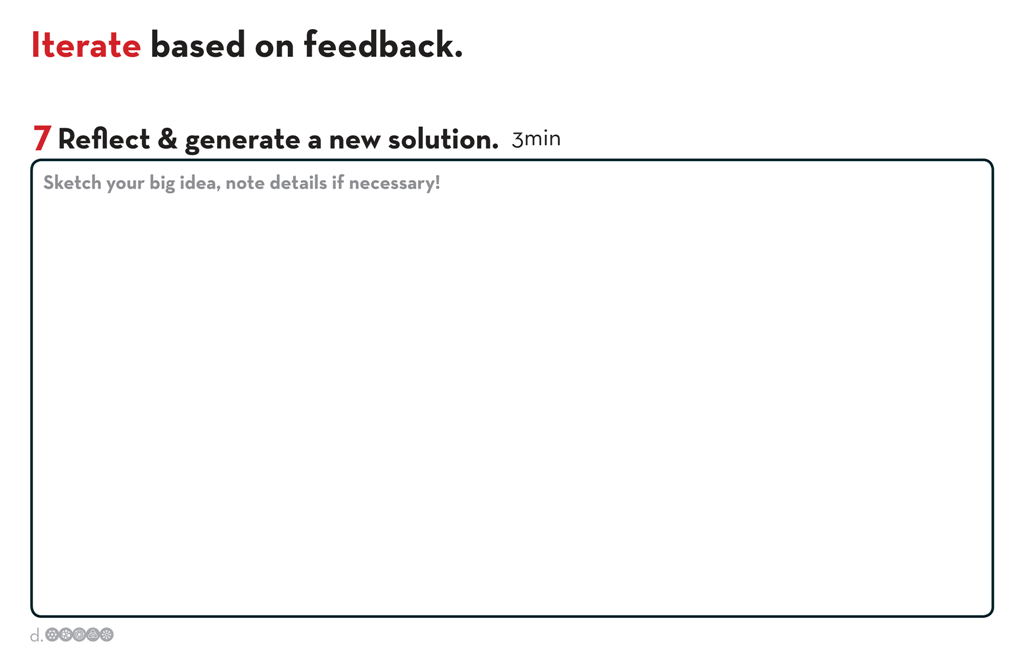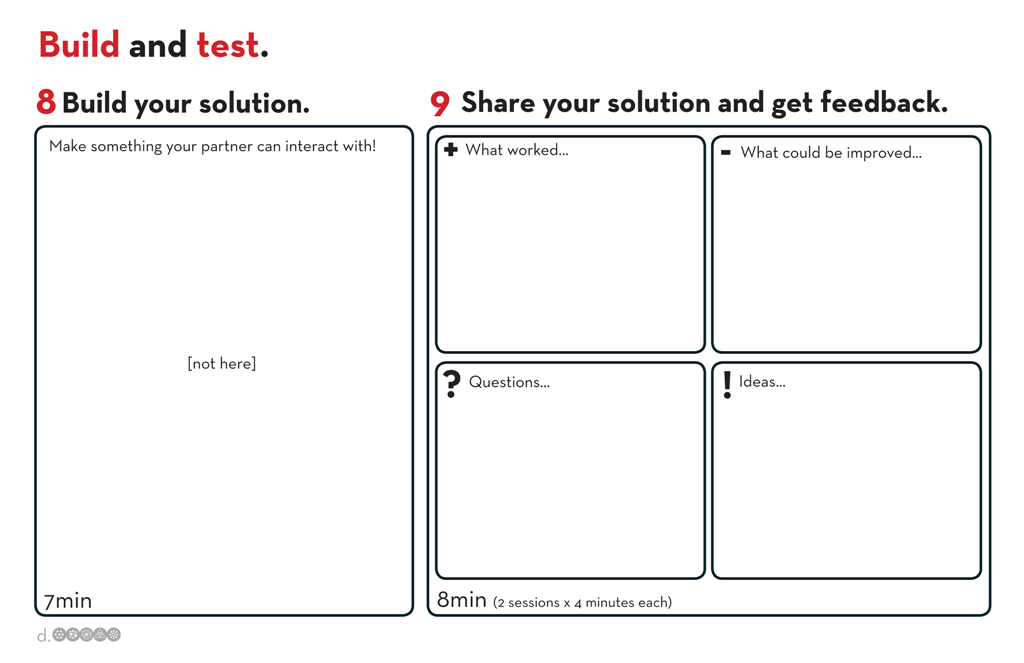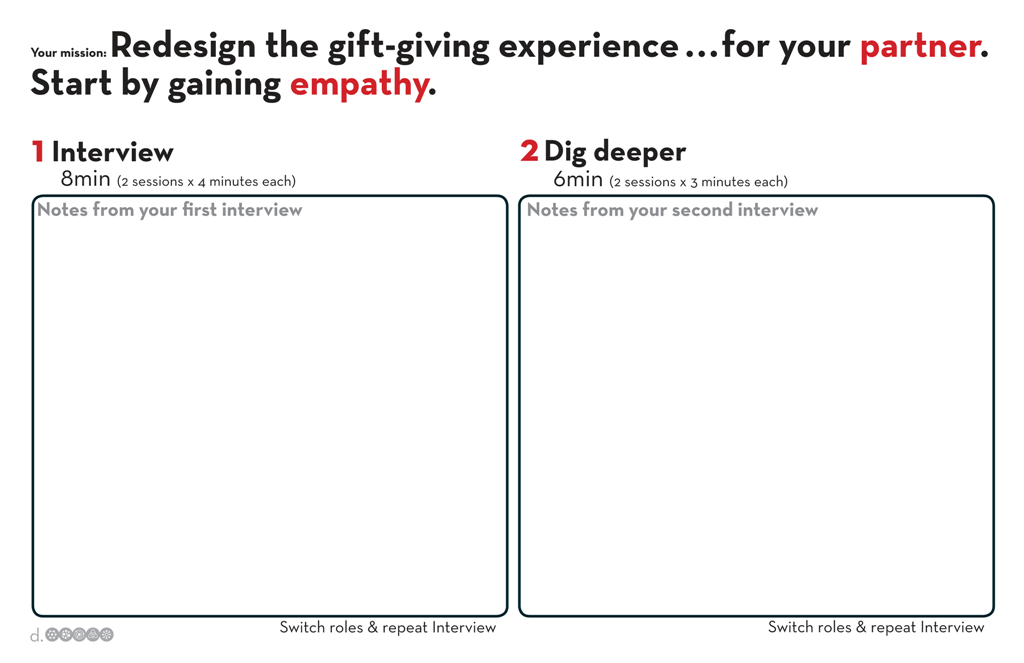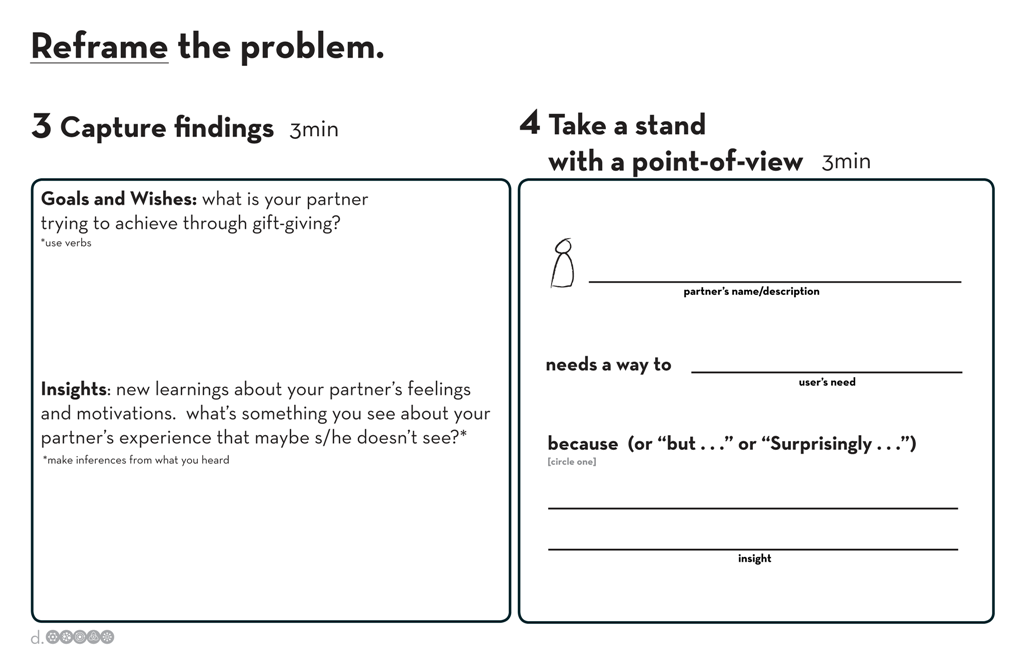David Kelley, founder of IDEO and Stanford’s d.school, on How To Do Design Thinking
David Kelley presents a universal method for generating creative breakthroughs. Avi Solomon interviewed him in 2012 as part of his MetaHack interview series.
David Kelley: The first step in the Design Thinking process is what we call the Understand phase: if you’re going to work in a certain area you really need to talk to experts.
We’re generalists, we’re expert at process but if you really want to do something, if you’re going to design a new medical device, you have to really immerse yourself in it.
The next phase we call Visualize. Okay, now I’ve seen some problems, I know what I want, I have some big ideas from the observations that I’ve done. Now I want to visualize some possible solutions.
I have developed a point of view: I think that the problem with checking into a hospital is that it’s just too redundant. I think the problem is you should be able to do things in advance of getting there, right? So that’s my point of view.

Then I start building systems. I start making physical things out of cardboard, I start making prototypes or I start making quick and dirty videos that show the solution. If it’s a service like checking into a hospital I make a video of what I think would be a really cool, efficient, better way. I’m painting the future of what it would mean in that hospital by making a video.
Then comes the Iteration phase. I start showing the prototype around. This is the big win, because I haven’t fooled around or tried to cover myself or be careful, I just cranked out a few possible prototypes or videos of the future and then I start showing them to smart people. It’s amazing how people will help you.
These prototypes that we make are not precious, they’re quick and dirty. They just get our ideas out so that we can get help from other people. So now you’re using the brain power of everybody else. Anybody can do these types of prototypes, right?
So, Understand, Observe, Visualize and Iterate. The big deal is the iteration. Rather than planning incessantly you quickly come up with something, you show it to smart people, you show it to users, and then you do it again and again.
In the first step you study the state of the art, talking to experts, doing research to bring yourself up to speed. You’d be really surprised how quickly you can get up to speed, even in a highly technical area, just from doing a little research and talking to experts. They’ll tell you a lot more than you can use, more than you could ever imagine.
Then there’s Observation.
There’s plenty to learn from interviewing people but we think that you
learn a lot more from being there. So we jump right in, we go around
the world, we go wherever there are interesting people.
If
we’re going to design a new gas station we’ll go and see how they pump
gas in Japan. How do they get gasoline where there’s no gas station
whatsoever? We just hang out, watching over and over and seeing what the
issues are. We find that if we’re going to have some kind of
breakthrough, a lot of times we see it by just being there. We’re
watching nurses and we see how nurses have trouble with the shift
change, or we watch somebody using a vending machine. I was watching
people pay for parking at one of those vending machines where you take
your ticket and you put it in and just seeing all the trouble that they
had, they’re grimacing, they’re panicking. So for us this is a lead to
where there’s an innovation that can be done.
If you see somebody having trouble using something, or that they grimace or they’re unhappy or they’re scared, that’s a place that we could really do innovation because we can fix that.
At some point by observing these people and building empathy for them you start to have insights about them. “Oh, they really do value this. It’s not obvious at first that that’s what they really value. They say they really don’t do something but it turns out they actually do when you observe them.”
Because this thing’s a team sport you have all these different eyes watching. We’ll have the business person and the technology person and the psychologist or anthropologist, so they see different things.
My mentor, Bob McKim used to say “A fish doesn’t know its wet,” meaning it’s hard for an expert in one field to see clearly. So these teams that have people with different methodologies, by definition they’re kind of naive. They have what we call child’s mind, so they see new things to the world. And that gives them insights about what could happen, and also enables breakthrough products and services.





No comments:
Post a Comment